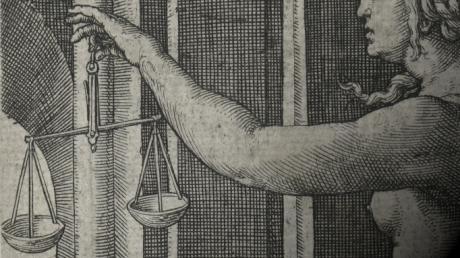Measuring Crime and Morality: The bureaucratic life of a novel concept under the Habsburg Monarchy in the late 18th and first third of the 19th century
Measuring Crime and Morality: The bureaucratic life of a novel concept under the Habsburg Monarchy in the late 18th and first third of the 19th century
Author(s): Pavel HimlContributor(s): Blanka Szeghyová (Editor), Angelika Herucová (Editor)
Subject(s): Politics / Political Sciences, History, Law, Constitution, Jurisprudence, History of Law, Criminal Law, History of ideas, Social history, 18th Century, 19th Century, Philosophy of Law
Published by: Historický ústav SAV
Keywords: criminal justice; morality; Habsburg Monarchy; penal codes; police;
Summary/Abstract: This article explores the concept of “morality” as it developed in the field of criminal justice under the Habsburg monarchy during and after the Enlightenment reforms. Two penal codes, ratified in 1787 and 1803–1804, established a new, separate category for serious police offences with a heavy focus on acts against morality. Some of these offenses were grouped according to their explicitly public dimension, like endangering the public peace or serving as a bad example. Morality was also considered when administrative officials reviewed data gathered from new statistical overviews of crime, which had been compiled in the Habsburg monarchy since the 1810s. In contrast to the concept of “sin,” immorality was no longer viewed as the root of all criminality and a clear distinction was now being made between behaviours stemming from socioeconomic causes and those with a background in morality.
Journal: Forum Historiae. Časopis a portál pre históriu a príbuzné spoločenské vedy
- Issue Year: 16/2022
- Issue No: 2
- Page Range: 84-98
- Page Count: 14
- Language: English

